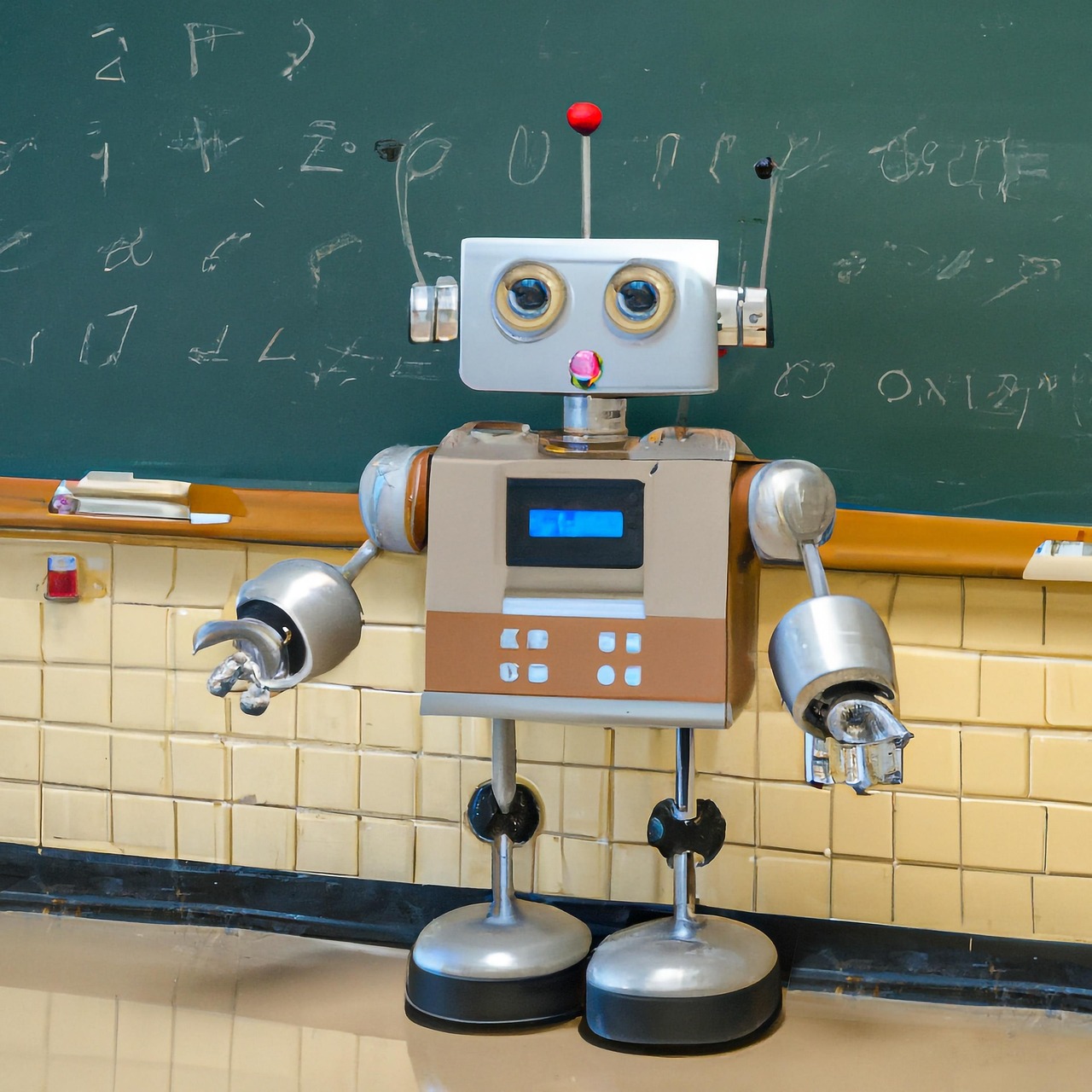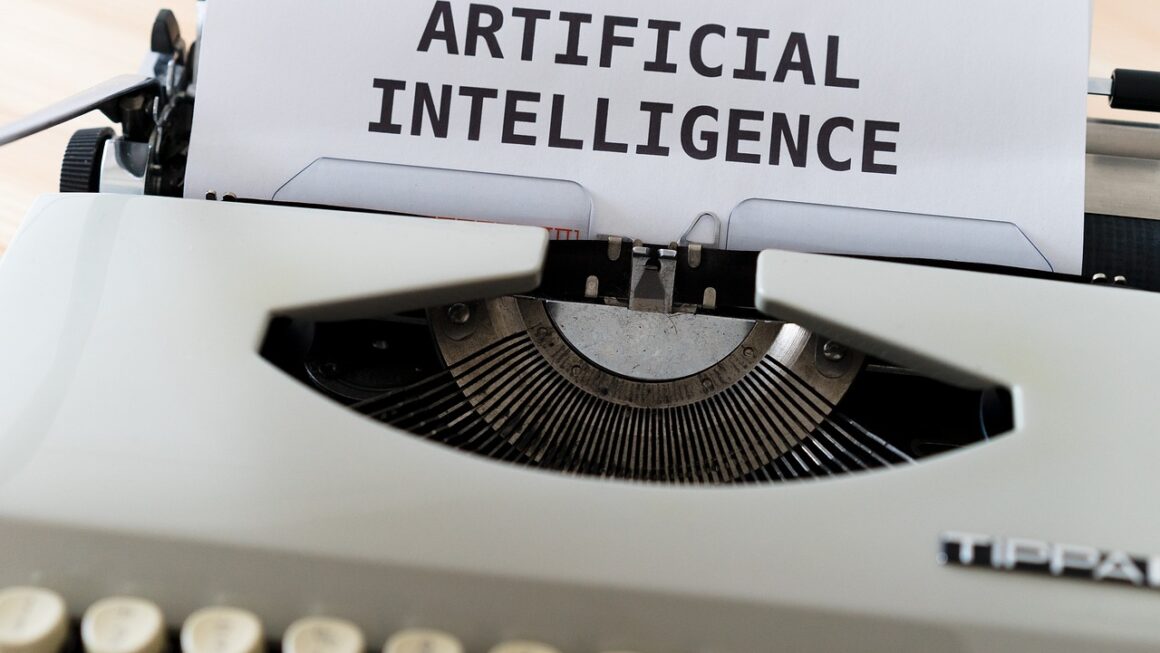Machine learning (ML) is rapidly transforming industries and reshaping how we interact with technology. From personalized recommendations on streaming services to advanced medical diagnoses, ML algorithms are becoming increasingly integrated into our daily lives. This blog post delves into the world of machine learning, exploring its core concepts, applications, techniques, and future trends. Get ready to understand how machines are learning from data and revolutionizing the world around us.
What is Machine Learning?
Defining Machine Learning
At its core, machine learning is a subset of artificial intelligence (AI) that focuses on enabling computers to learn from data without being explicitly programmed. Instead of relying on hard-coded rules, ML algorithms identify patterns, make predictions, and improve their performance over time through experience. In essence, machine learning is about teaching machines to learn and adapt.
Key Concepts in Machine Learning
Understanding the fundamental concepts is crucial for grasping the full potential of machine learning:
- Algorithms: These are the sets of rules or procedures that ML models use to learn from data. Examples include linear regression, decision trees, and neural networks.
- Data: The fuel that powers machine learning. Data comes in various forms, including structured (e.g., tables), unstructured (e.g., text, images), and semi-structured formats.
- Training: The process of feeding data to an ML algorithm to learn patterns and relationships.
- Features: These are the input variables or attributes used to train the model. For example, in predicting house prices, features might include square footage, number of bedrooms, and location.
- Models: The output of the training process. The model represents the learned relationships between features and the target variable.
- Prediction: Using the trained model to make forecasts or classifications on new, unseen data.
- Evaluation: Assessing the performance of the model using metrics such as accuracy, precision, and recall.
For example, consider a simple scenario: training a machine learning model to identify spam emails. The algorithm would analyze thousands of emails, looking for patterns in the subject lines, sender addresses, and content. Features like the presence of certain keywords (e.g., “free,” “urgent”) or unusual punctuation might indicate spam. After training, the model can predict whether a new email is spam with a certain degree of accuracy.
Types of Machine Learning
Supervised Learning
Supervised learning involves training a model on labeled data, where the input features and the desired output are known. The goal is to learn a mapping function that can accurately predict the output for new, unseen inputs.
- Classification: Predicting a categorical output, such as identifying whether an email is spam or not spam. Algorithms like logistic regression, support vector machines (SVMs), and decision trees are commonly used.
- Regression: Predicting a continuous output, such as predicting the price of a house based on its features. Algorithms like linear regression, polynomial regression, and random forests are often employed.
Practical Example: A real estate company uses supervised learning to predict property prices. They gather data on past sales, including features like location, size, number of bedrooms, and amenities. The model learns the relationship between these features and the sale price, allowing them to estimate the value of new properties.
Unsupervised Learning
Unsupervised learning deals with unlabeled data, where the desired output is not known. The goal is to discover hidden patterns, structures, or relationships in the data.
- Clustering: Grouping similar data points together based on their features. Algorithms like K-means clustering and hierarchical clustering are used.
- Dimensionality Reduction: Reducing the number of features in the dataset while preserving the important information. Techniques like principal component analysis (PCA) and t-distributed stochastic neighbor embedding (t-SNE) are used.
- Association Rule Learning: Discovering relationships between variables in large datasets. A classic example is market basket analysis, which identifies products that are frequently purchased together.
Practical Example: A retail company uses unsupervised learning to segment its customer base. By analyzing customer purchase history, demographics, and browsing behavior, they can identify distinct customer segments with different preferences and needs. This allows them to tailor marketing campaigns and product recommendations to each segment.
Reinforcement Learning
Reinforcement learning involves training an agent to make decisions in an environment to maximize a reward. The agent learns through trial and error, receiving feedback in the form of rewards or penalties for its actions.
- Applications: Robotics, game playing (e.g., AlphaGo), and autonomous driving.
- Key Concepts: Agent, environment, actions, states, and rewards.
- Algorithms: Q-learning, Deep Q-Networks (DQN), and policy gradient methods.
Practical Example: A robotics company uses reinforcement learning to train a robot to navigate a warehouse. The robot learns to avoid obstacles, pick up items, and deliver them to the correct location by receiving rewards for successful actions and penalties for collisions or errors.
Machine Learning Techniques and Algorithms
Regression Techniques
- Linear Regression: A simple yet powerful technique for predicting a continuous output based on a linear relationship with the input features.
- Polynomial Regression: Allows for modeling non-linear relationships by introducing polynomial terms.
- Support Vector Regression (SVR): Uses support vector machines to predict continuous outputs, focusing on finding the best-fit line within a margin of error.
Classification Techniques
- Logistic Regression: Used for binary classification problems, predicting the probability of an instance belonging to a particular class.
- Decision Trees: Tree-like structures that split the data based on feature values, leading to a classification decision.
- Random Forests: An ensemble method that combines multiple decision trees to improve accuracy and reduce overfitting.
- Support Vector Machines (SVMs): Finds the optimal hyperplane that separates data points into different classes with the largest margin.
Clustering Techniques
- K-Means Clustering: Partitions data into k clusters, where each data point belongs to the cluster with the nearest mean (centroid).
- Hierarchical Clustering: Builds a hierarchy of clusters, either by starting with individual data points and merging them (agglomerative) or by starting with a single cluster and dividing it (divisive).
- DBSCAN (Density-Based Spatial Clustering of Applications with Noise): Identifies clusters based on the density of data points, allowing it to discover clusters of arbitrary shapes and identify outliers.
Choosing the right algorithm depends on the specific problem, the nature of the data, and the desired performance characteristics. For example, if you need a simple and interpretable model for predicting sales based on advertising spend, linear regression might be a good choice. If you need to classify images with high accuracy, convolutional neural networks (CNNs) are often preferred.
Applications of Machine Learning
Healthcare
- Diagnosis: ML algorithms can analyze medical images and patient data to assist in diagnosing diseases such as cancer and Alzheimer’s.
- Drug Discovery: ML can accelerate the drug discovery process by predicting the efficacy and safety of potential drug candidates.
- Personalized Medicine: Tailoring treatment plans to individual patients based on their genetic makeup and medical history.
Example: Google’s DeepMind has developed AI models that can detect breast cancer with similar accuracy to radiologists, potentially improving early detection rates.
Finance
- Fraud Detection: Identifying fraudulent transactions and preventing financial losses.
- Risk Management: Assessing credit risk and predicting market volatility.
- Algorithmic Trading: Automating trading strategies based on market data and predictive models.
Example: Banks use machine learning to detect fraudulent credit card transactions by analyzing patterns in spending behavior and identifying suspicious activity.
Retail
- Personalized Recommendations: Suggesting products or services that are likely to be of interest to individual customers.
- Inventory Management: Optimizing inventory levels based on demand forecasting.
- Customer Segmentation: Identifying distinct customer segments to tailor marketing campaigns.
Example: Amazon uses machine learning to provide personalized product recommendations based on browsing history, purchase history, and user reviews.
Manufacturing
- Predictive Maintenance: Predicting when equipment is likely to fail and scheduling maintenance to prevent downtime.
- Quality Control: Detecting defects in products during the manufacturing process.
- Process Optimization: Optimizing manufacturing processes to improve efficiency and reduce waste.
Example: Automotive manufacturers use machine learning to predict when machinery is likely to fail, allowing them to schedule maintenance proactively and avoid costly breakdowns.
Challenges and Future Trends
Data Quality and Availability
One of the biggest challenges in machine learning is the need for high-quality, labeled data. Insufficient data or biased data can lead to inaccurate models and unfair outcomes. Ensuring data quality and addressing biases are critical for building reliable and ethical ML systems.
Interpretability and Explainability
Many machine learning models, particularly deep neural networks, are “black boxes,” making it difficult to understand how they arrive at their predictions. Interpretability and explainability are becoming increasingly important, especially in sensitive applications such as healthcare and finance, where it’s crucial to understand the reasoning behind a decision.
Ethical Considerations
Machine learning raises several ethical considerations, including fairness, privacy, and accountability. It’s important to ensure that ML systems are used responsibly and do not perpetuate or amplify existing biases. Developing ethical guidelines and regulations for ML is an ongoing effort.
Future Trends
- Automated Machine Learning (AutoML): Automating the process of building and deploying machine learning models, making it more accessible to non-experts.
- Edge Computing: Deploying ML models on edge devices (e.g., smartphones, IoT devices) to enable real-time processing and reduce latency.
- Explainable AI (XAI): Developing techniques to make ML models more transparent and understandable.
- Generative AI: Using ML models to generate new content, such as images, text, and music.
Conclusion
Machine learning is a rapidly evolving field with immense potential to transform industries and improve lives. By understanding the core concepts, techniques, and applications of ML, you can unlock its power and leverage it to solve complex problems. While there are challenges to overcome, the future of machine learning is bright, with ongoing research and development pushing the boundaries of what’s possible. As you continue to learn and explore, remember that responsible and ethical use of ML is paramount for ensuring its benefits are shared by all.




